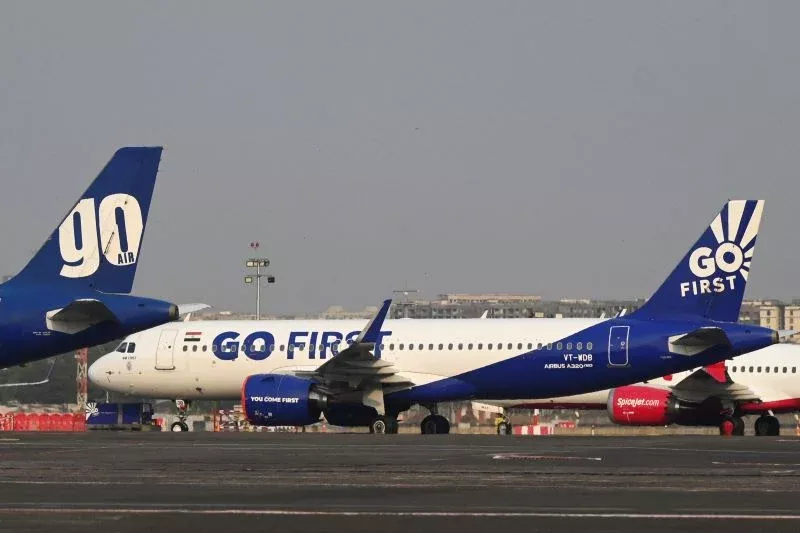
India needs more advanced engine MRO capabilities, an adviser to the country’s aviation ministry says.
Piyush Srivastava adds that the failure of Go First, grounded earlier this year and facing liquidation after a prospective investor waked away this week, could have been averted if India had more engine maintenance facilities.
“It probably would not have landed on its belly had we had the requisite MRO services in the country," he says. "Its supplier, the OEM in that case, was not in a position to help the airline due to supply chain disruption, and the airline went belly up, which is not a good thing for the aviation sector,” he was quoted in Bangladesh-based media Business Standard.
Aviation Week Network’s Commercial Fleet & MRO Forecast 2024 predicts that engine maintenance from Indian airlines will be worth $2.3 billion next year and $29 billion over the next decade. Currently, most of this work goes abroad, but there are plans to change this, especially after the huge aircraft orders from Air India and Indigo.
Safran, for example, plans to complete a Leap engine overhaul facility in Hyderabad by 2025, and has also signed an memorandum of understanding with Hindustan Aeronautics to produce Leap engine parts in Bangalore.
That wouldn’t have helped Go First, of course, given its problems with the Pratt & Whitney Geared Turbofan engine.
To find out more about the value of engine maintenance markets around the world see the Engine Yearbook 2024, out in December.
